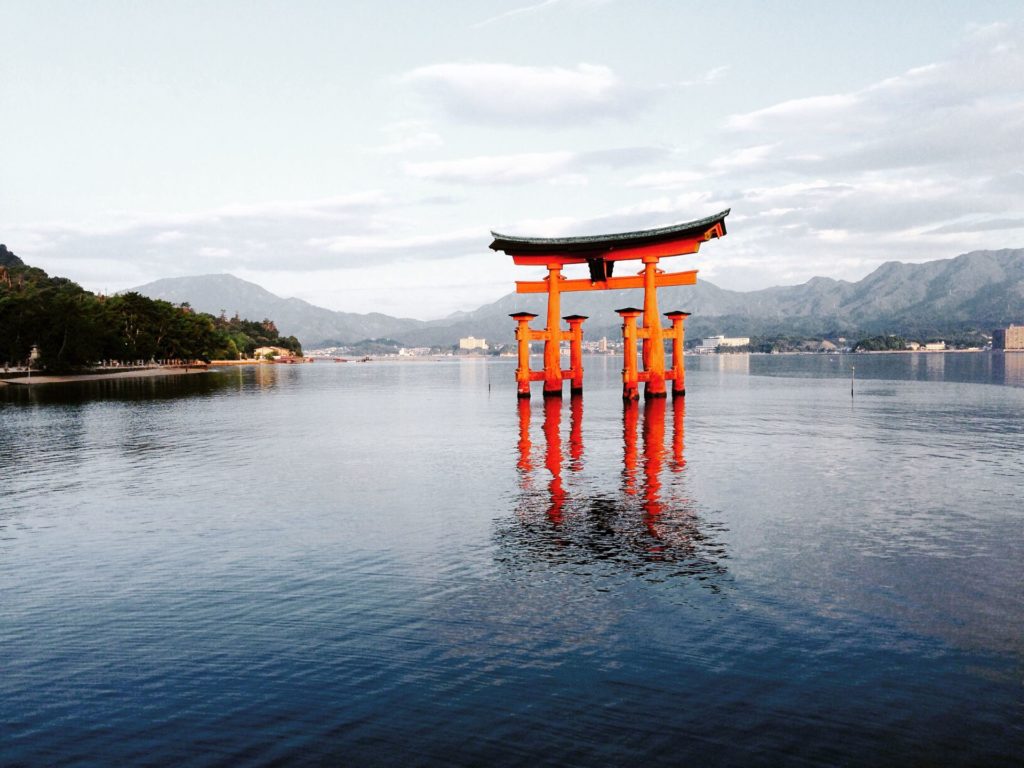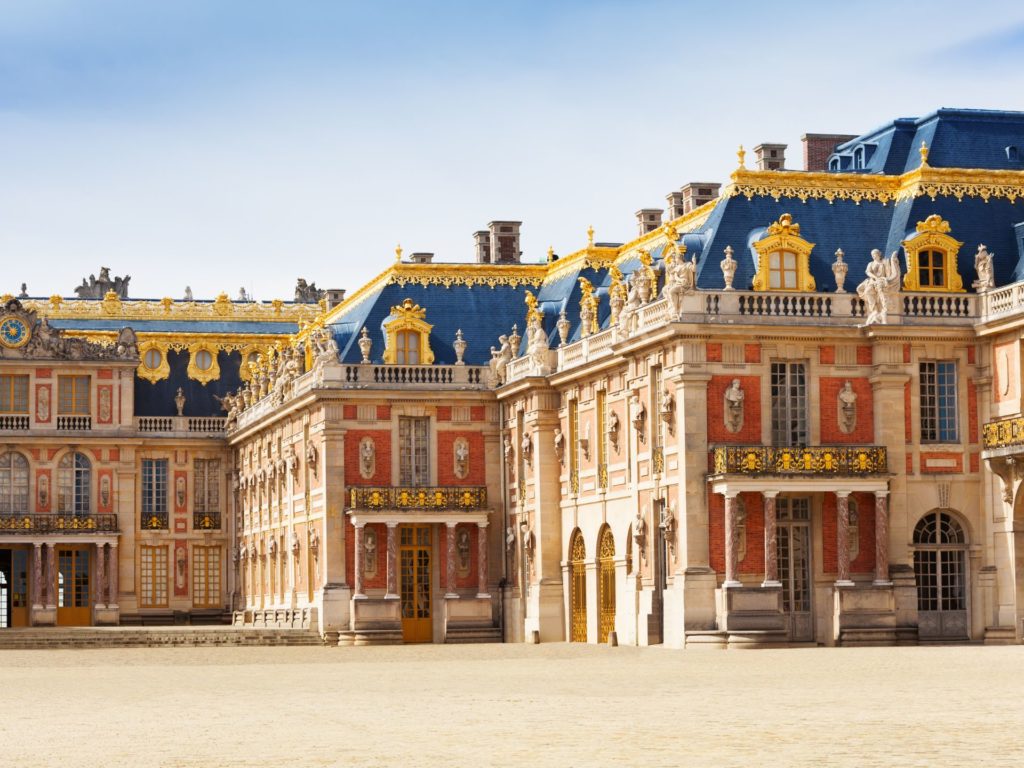UNESCO World Heritage Sites are places of outstanding cultural or natural importance to the heritage of humanity. These sites are protected by UNESCO in order to preserve them for future generations to enjoy. Some of these sites represent the most iconic and significant buildings in the world. For lovers of architecture, visiting these sites is a chance to see firsthand the genius of some of history’s most celebrated architects. From the Hagia Sofia to Falling Water, find out which World Heritage sites represent the very best of human achievement in the field of architecture.
Hagia Sofia

Hagia Sofia is one of the most significant and iconic buildings in the world. Built in the 6th century, it was originally a Christian cathedral but later became a mosque. In 1934 it became a museum but in 2020 it was reverted back to a mosque in a profoundly symbolic move. Its architecture is widely considered to be among the finest in the world. The Hagia Sofia is an excellent example of Byzantine architecture, and its massive size and intricate details are truly awe-inspiring.
Bauhaus

The Bauhaus was a school of art and design that was founded in Germany in the early 20th century. The school’s approach to design was based on the principle that form follows function. This approach had a profound influence on the development of modern architecture, and the Bauhaus is considered to be one of the most important architectural movements of the 20th century.
Aachen Cathedral

Aachen Cathedral is a masterpiece of Carolingian architecture. It was built in the 8th century as a palace for the Emperor Charlemagne, and was one of the first twelve UNESCO World Heritage Sites designated in 1978. The cathedral is notable for its octagonal shape, its massive size, and its intricate mosaics and stained glass windows.
Brasilia

Brasilia is the capital of Brazil, and it was designed and built specifically to be the country’s capital city. It is an excellent example of Brazilian modernist architecture, and its design is based on the shape of an airplane. The city is home to many significant government buildings, including the Palacio do Planalto, the National Congress, and the Supreme Court.
Falling Water

Falling Water is a house designed by the famous American architect Frank Lloyd Wright. It was built in the 1930s, and it is considered to be one of Wright’s most iconic and significant buildings. The house is built over a waterfall, and its design incorporates the natural surroundings into the structure.
Read: 8 Frank Lloyd Wright buildings are now UNESCO World Heritage Sites
Taj Mahal

The Taj Mahal is a mausoleum located in Agra, India. It was built in the 17th century by the Mughal Emperor Shah Jahan to honor his late wife, Mumtaz Mahal. The Taj Mahal is one of the most iconic buildings in the world, and its architecture is a perfect synthesis of Indian, Persian, and Islamic influences. The mausoleum is made of white marble, and its exterior is decorated with intricate carvings and inlaid with precious stones.
Read: 7 wonders of the modern world are UNESCO World Heritage Sites too
Itsukushima Shrine

The Itsukushima Shrine is a Shinto shrine located on the island of Miyajima in Japan. The shrine is built over the water, and its iconic red torii gate is one of the most recognizable landmarks in Japan. The shrine complex includes several buildings, all of which are built in the traditional Japanese style. The Itsukushima Shrine is a beautiful and peaceful place, and its architecture is truly stunning.
Casa Barragan

The Casa Barragan is a house designed by the Mexican architect Luis Barragan. It was built in the 1940s, and it is considered to be one of the most important examples of Mexican modernist architecture. The house is notable for its use of simple forms and bright colors, and its integration of indoor and outdoor spaces. The Casa Barragan is a truly unique and beautiful building, and it is an important part of Mexico’s architectural heritage.
Read: Visit the Luis Barragán House and Studio in Mexico City
Palace and Park of Versailles

The Palace and Park of Versailles is a UNESCO World Heritage Site located in the town of Versailles, France. The palace was built in the 17th century for the French king Louis XIV, and it served as the seat of the royal court. The palace is an excellent example of French Baroque architecture, and its gardens are some of the most beautiful in the world. The Palace and Park of Versailles is a must-see for anyone interested in architecture or history.
Palace and Gardens of Schönbrunn

The Palace and Gardens of Schönbrunn is a UNESCO World Heritage Site located in Vienna, Austria. The palace was built in the 17th century for the Austrian emperor Franz I, and it served as the imperial summer residence. The palace is an excellent example of Baroque architecture, and its gardens are full of beautiful fountains, sculptures, and flowers.
Tugendhat Villa

The Tugendhat Villa is a house designed by the German architect Ludwig Mies van der Rohe. It was built in the early 1930s, and it is considered to be one of the most important examples of modernist architecture. The villa is notable for its simple but elegant design, and its use of clean lines and open spaces.



